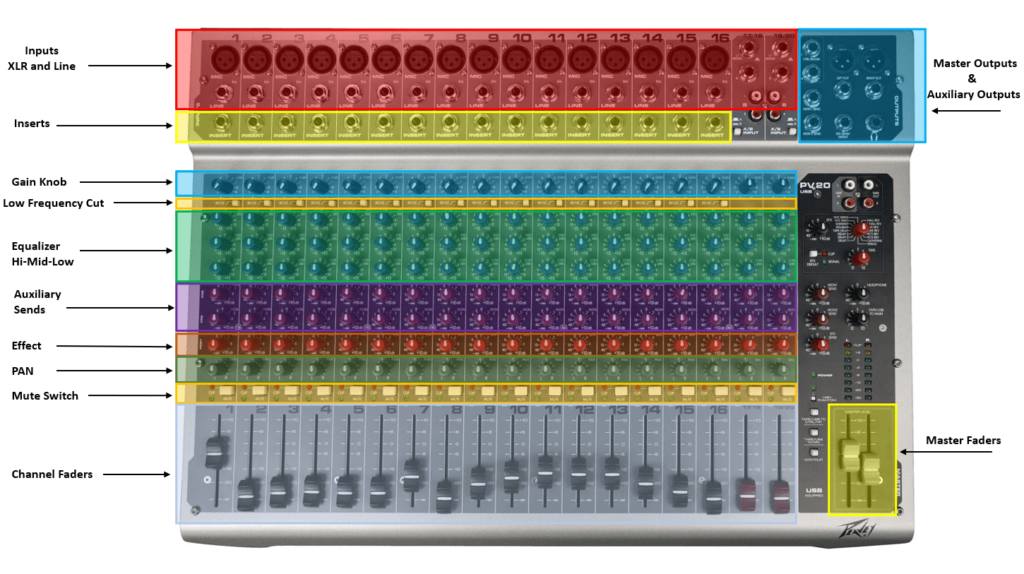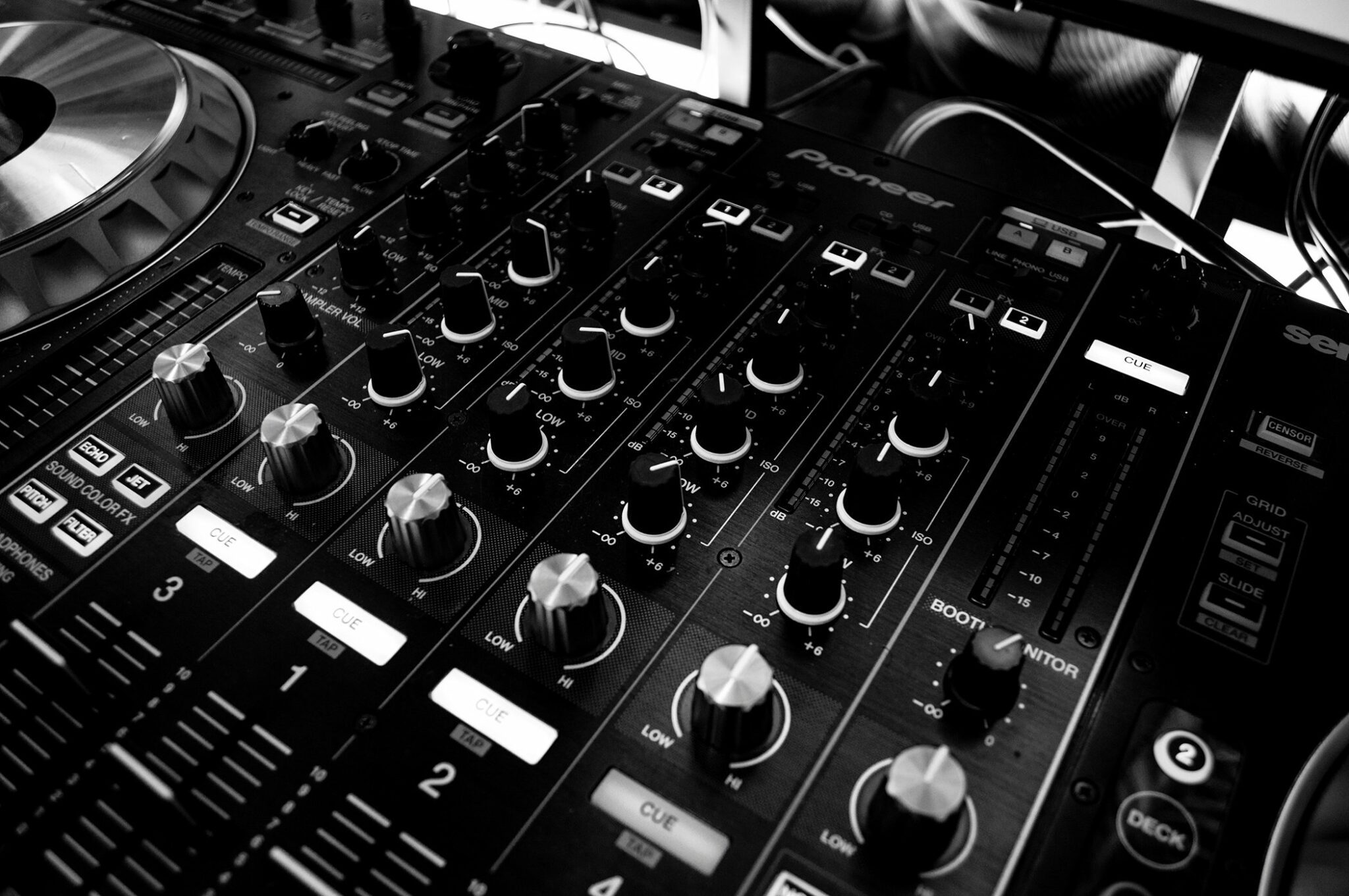
Understanding how signal flow works will enable you to create a live sound worth listening to. You have to know where the signal is originating from, its destination, and how you can get it there every time.Īdditionally, signal flow comprises how all the components of your sound system connect and work together. Without the signal flow, there is no music, and no music means no live show.įurthermore, to ensure that the balance of your sound is correct, you need to understand how the signal flow works. If you’re planning on mixing live sounds, you need a strong understanding of what the signal flow entails. The following are some basics you have to understand before making live sounds.

Comprehending The Basics Of Live Soundīefore you can begin mixing sounds that will create an incredible concert sound, you have to understand what makes the live sound, i.e., what parts make the live sound what it is. Also, if you have always dreamed of creating an impressive and moving concert sound, we’ll be guiding you on the basics of live sound you need to understand to make that dream true. You have to ensure that whatever sound you’re trying to generate meets its target, and you can’t miss a single beatīesides, whether you’re just starting music engineering classes or you attended a concert and are now fascinated by live sounds, understanding the basics of live sound is essential to creating perfect live sounds.įurthermore, you don’t have to know everything about live sound mixing to create an excellent live sound learning the basics will help you immensely. When you’re mixing live sounds, there is no room for mistakes. Mixing Techniques for Rhythm Section and VoiceĬhapter 1.Live sounds are different from studio sounds they are not engineered to sound as perfect as studio sounds. Line Check: Verify Functionality of All Equipment Electric, Acoustic, and Bass Guitar Sounds System Configuration and LayoutĬhapter 18. Selecting the Appropriate Connection FormatĬhapter 16. Microphone Principles and DesignĬomparison between Moving-Coil, Ribbon, and Condenser Mics The Analog Mixer versus the Digital MixerĪdvantages and Disadvantages to a Live Digital MixerĬhapter 11. The Difference Between a Live Mixer and a Recording Mixer Line-, Instrument-, and Mic-Level Impedance Sound Reinforcement versus Music Presentation The Changing Qualifications of a Sound Operatorįind Out What the Musical Director Expects

#Mixing live sound basics code#
An access code to the companion website is provided in the book.


These instructional videos, along with hundreds of detailed illustrations and photographs, provide an incredibly powerful and useful learning experience. Tightly produced online videos clearly demonstrate key concepts presented in the text. Revised and updated, The Ultimate Live Sound Operator’s Handbook, 3 rd Edition focuses on each modern and classic aspects of live sound operation in a way that is straightforward and easy to understand-from system, component, and acoustic considerations to miking, mixing, and recording the live show.
#Mixing live sound basics how to#
This book shows you how to improve your audio skills, including how to build great sounds that form a professional-sounding mix. If you’re a sound operator, teacher, musician, or even a music fan who is interested in becoming a sound operator, you know that regardless of the musical genre or venue, high-quality audio is mandatory for an artist or band’s success. The third edition of The Ultimate Live Sound Operator’s Handbook offers new sections on digital concepts, wireless considerations, digital mixers, modern digital snakes, routing schemes, block diagrams, signal paths, plug-ins for live sound, and more.Īny live act must sound great to be well received by today’s increasingly demanding audiences.


 0 kommentar(er)
0 kommentar(er)
